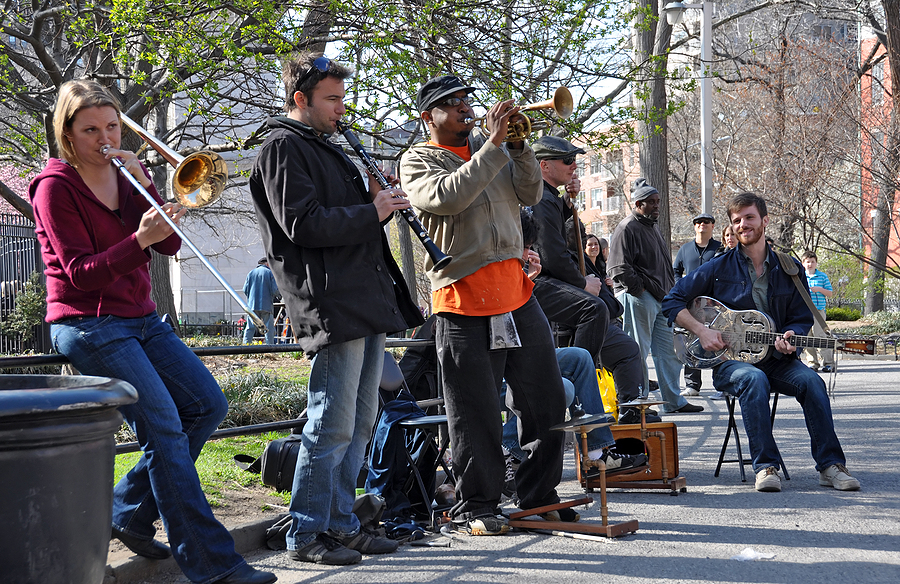
Picking up a new instrument can be an enriching experience as you learn to express your feelings through music. One of the most challenging aspects can be how to literally play it, often using the muscles in your body in dextrous ways you never have before. There are a few things to consider depending on what instrument you choose when it comes to protecting your oral health while becoming the next virtuoso.
What Instruments Can Do
Wind instruments, that is brass & woodwind, are the main instruments that can alter the alignment of your bite. Playing these instruments applies a force some five times greater than orthodontic treatment like getting places put on. This is due to the pressure needed to play by clamping or pressing against the mouthpiece of your instrument. While this can negatively impact your bite over time, it isn’t a certainty, as the alignment & jaw size you have already greatly influences the outcome for each instrument.
For certain bite alignment/instrument combinations, there may be some discomfort, particularly in woodwind instruments like the clarinet. While many people can adjust their playing style or embouchure to fit the shape of their mouth, it is a good idea to test how your desired instrument feels as classical instruments can be an expensive investment. Most music store owners will be able to help you & may even have test instruments you can get a feel for.
Having something in your mouth made of metal or wood can also provide increased irritation of the lips, inner mouth & gums. It’s always a good idea to keep mouthpieces disinfected, but the constant vibrations when playing can still lead to a greater frequency of soreness & sores compared to nonplayers.
One notable challenge in playing a wind instrument is doing so with oral prosthetics. Depending on the case, it may not be possible to play without damaging the prosthetic.
In some cases, playing a brass or double reed instrument may actually provide some orthodontic help during treatment. This so far is just a theory, though, & research still needs to be done, but the idea is that the pressure on the front of teeth that protrudes outward too far will have resistance that helps push them back into place.
Some Strings Attached
Playing the violin has also been shown to affect some players’ teeth & indeed their whole face’s shape. The alignment of the incisor is particularly noted as being more prone to protrude outward. This is caused by the way violins—as well as violas—are held while playing. The pressure of the body of the instrument against the face causes pressure that over time changes the morphology of even hard tissue like bones & teeth.
This was only shown in intense, long-term playing. While extreme cases may require orthodontic treatment, you shouldn’t worry about mashing half your face. Just looking at any professional orchestra shows that while these changes to faces may be scientifically significant, they aren’t particularly noticeable.
Pursue Your Passion
None of this should make you shy away from picking up an instrument or getting one for your child. Being informed & talking with your dentist can help ensure that you can play & smile for years to come.
Sources:
https://pmc.ncbi.nlm.nih.gov/articles/PMC5954010/
https://academic.oup.com/ejo/article-abstract/19/1/39/408299?redirectedFrom=PDF#google_vignette
https://pubmed.ncbi.nlm.nih.gov/32556368/
https://www.wjoud.com/doi/pdf/10.5005/jp-journals-10015-1284

